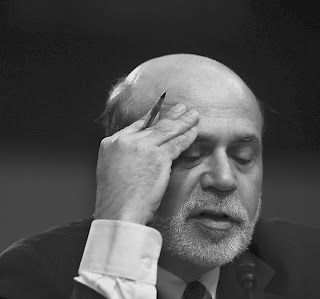Dispelling Public Pension Plan Myths

Helen Fetterly, chair of Healthcare of Ontario Pension Plan ( HOOPP ), wrote an article for Benefits Canada, Dispelling public pension plan myths : I’ve been involved with the Healthcare of Ontario Pension Plan (HOOPP) for 17 years now, and in 2013, am serving my second term as board chair. Recently, HOOPP created a two-part white paper with The Gandalf Group called The Emerging Retirement Crisis . In my first column based on this data, I looked at why the DB model, of which HOOPP is one, works. Some of the key findings in the second part of the white paper relate to the fact that 64% of Canadians don’t believe Canada has a good workplace pension system. Seventy-three percent of those say that employers aren’t offering sufficient pension plans. Yet, continually, on the HOOPP board we hear that DB pension plans—common in the public sector and unionized private sector workplaces—are gold-plated and not sustainable. Nothing could be further from the truth. The average HOO...





